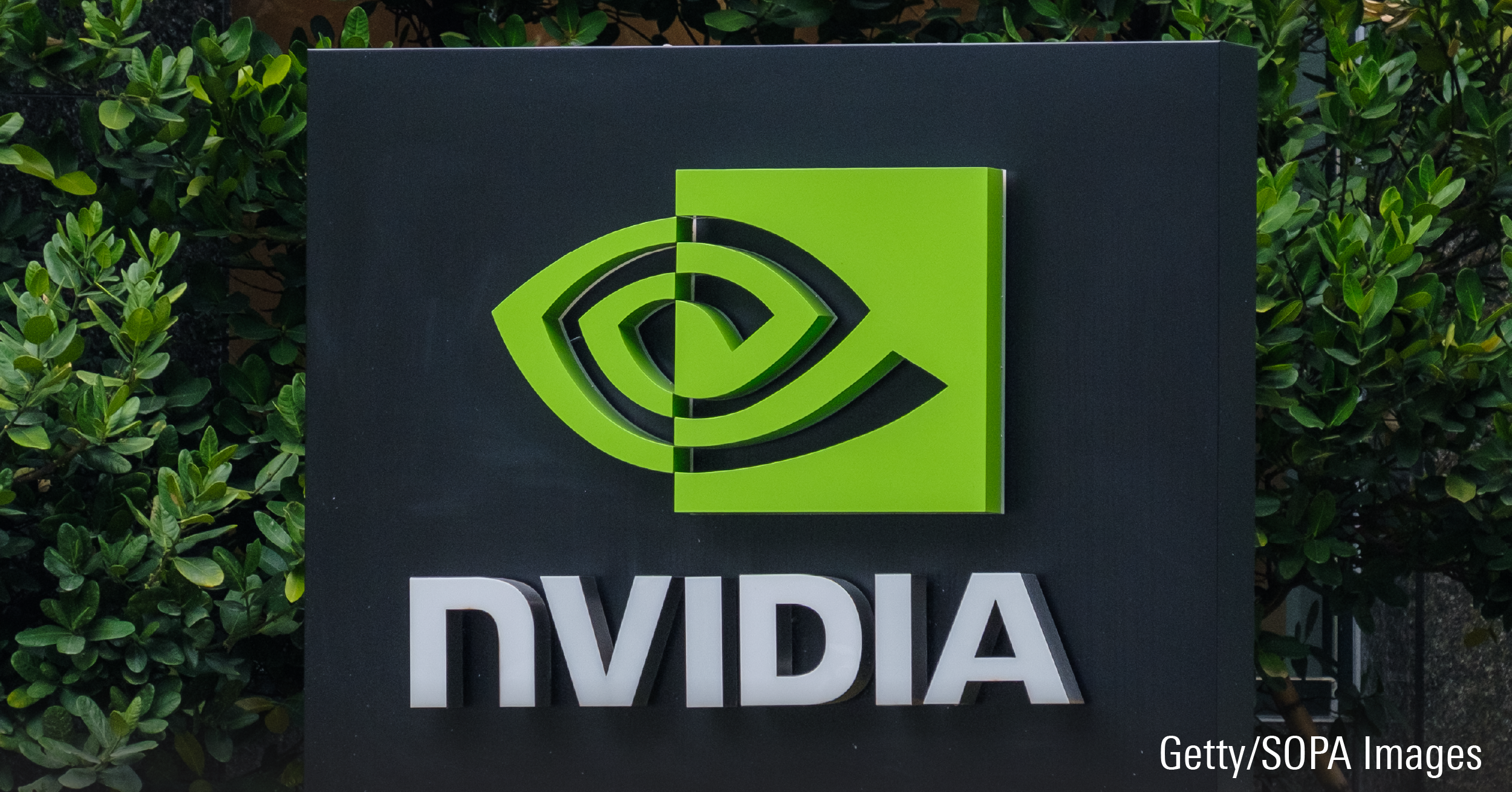Adam Fisch: We recently launched our 2012 Stewardship Grades for 26 fund companies in Canada. So, we thought we would take this opportunity to expand a bit about the types of factors that go into determining the stewardship grade. Today, we wanted to focus on manager incentives, and what that comes down to is how aligned fund manager's incentives are with those of unitholders.
Serkan, why don't you talk a bit about what factors go into manager incentives?
Serkan Altay: Well, two of the things that we look for with manager incentives are – as you mentioned the aim is to try and see an alignment of interest – and one thing which we look for is co-investment. So, we like to see whether or not the chef eats his own cooking, that's one of the things which we typically look for. Another thing is with respect to the compensation structure of managers; we typically like to see compensation structure that was long-term performance rather than sort of a near cited short-term focus.
Fisch: So, what would we consider long-term focus?
Altay: For long-term focus, we typically look for over three years, but we are much more comfortable with over five years.
Fisch: Yeah. I think that's a good point because I think there are some managers out there who are investing with a thesis that may only play out over five years, or four years. So, the idea of compensating that manager based on three year performance isn't really perfectly aligned.
Altay: That's right. Ultimately, shareholders are looking for long-term interest and you want to see the fund actually reward its manager based on that long-term structure.
Fisch: That's right. I also think with regard to co-investment it's worth noting how we measure that because every fund manager is paid a different amount. And it would be unfair for us to compare a newly promoted portfolio manager with the seasoned veteran that could have much more invested in the fund, but it doesn't actually mean as much for them because they've built up this track record.
So, for us as a way to compare apples-to-apples, what we've really focused on is how much a manger has invested as a percentage of their base salary every year. So, for us if a manager has invested with one year salary, two years, three-year salary it's a great way for us to know those managers have skin in the game. They are really investing an amount that is meaningful to them and if they lost it, it would matter.
Altay: That's right. And ultimately it shows that basically you have conviction in the mandates and this ultimately makes the shareholders much more at ease.
Fisch: For more information on our 2012 Stewardship Grades you can visit our website at www.morningstar.ca.




















